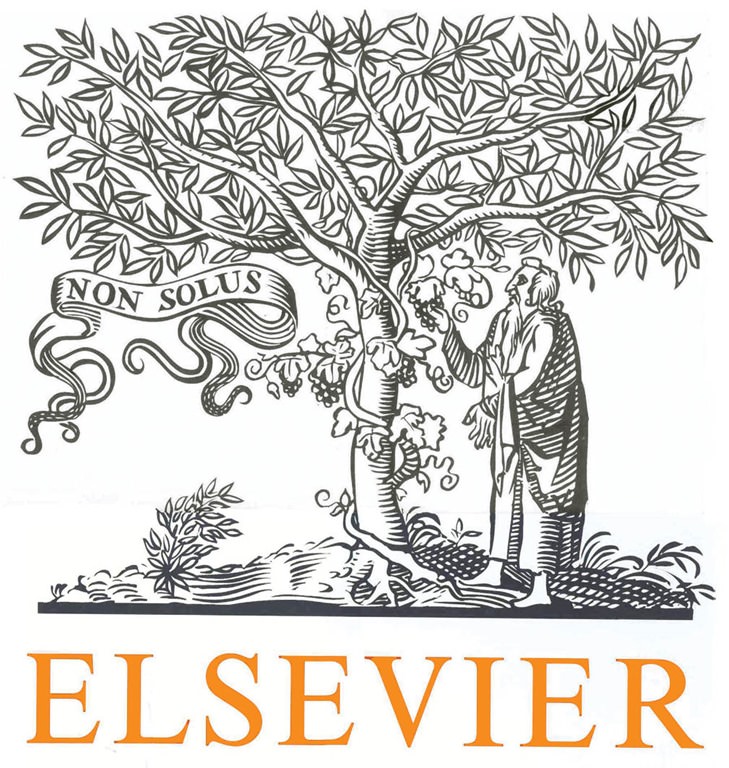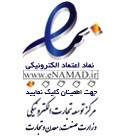5. Results and discussion
5.1. Pattern and variance of correlations As Table 2 shows, there is significant and negative correlation between the three correlation measures (Correlation(market sharepenetration), Correlation(market share-purchase frequency), Correlation(market share-share of requirements)) and most of the predictors (category characteristics). This provides a preliminary non-model support for hypothesized patterns. To estimate the (population) correlation of market share with penetration, purchase frequency and share of requirements across FMCG categories, we used the Hunter-Schmidt estimate (Hunter and Schmidt, 2004). The estimates of the population correlation and its variance are presented in Table 3 Details of the estimation procedure are included in the note of Table 3. It is clear that market share and penetration are highly correlated, with a correlation of 0.941. The correlations of market share/purchase frequency (0.537) and market share/share of requirement (0.618) are both significantly positive. High market share brands have correspondingly high levels of penetration. The levels of market share and the other metrics (purchase frequency and share of requirements) are also positively related. Overall, these results from more than 400 FMCG categories provide strong evidence of a DJ pattern. Smaller brands have fewer customers, are purchased less frequently and have less loyal customers, as measured by share of requirements.








